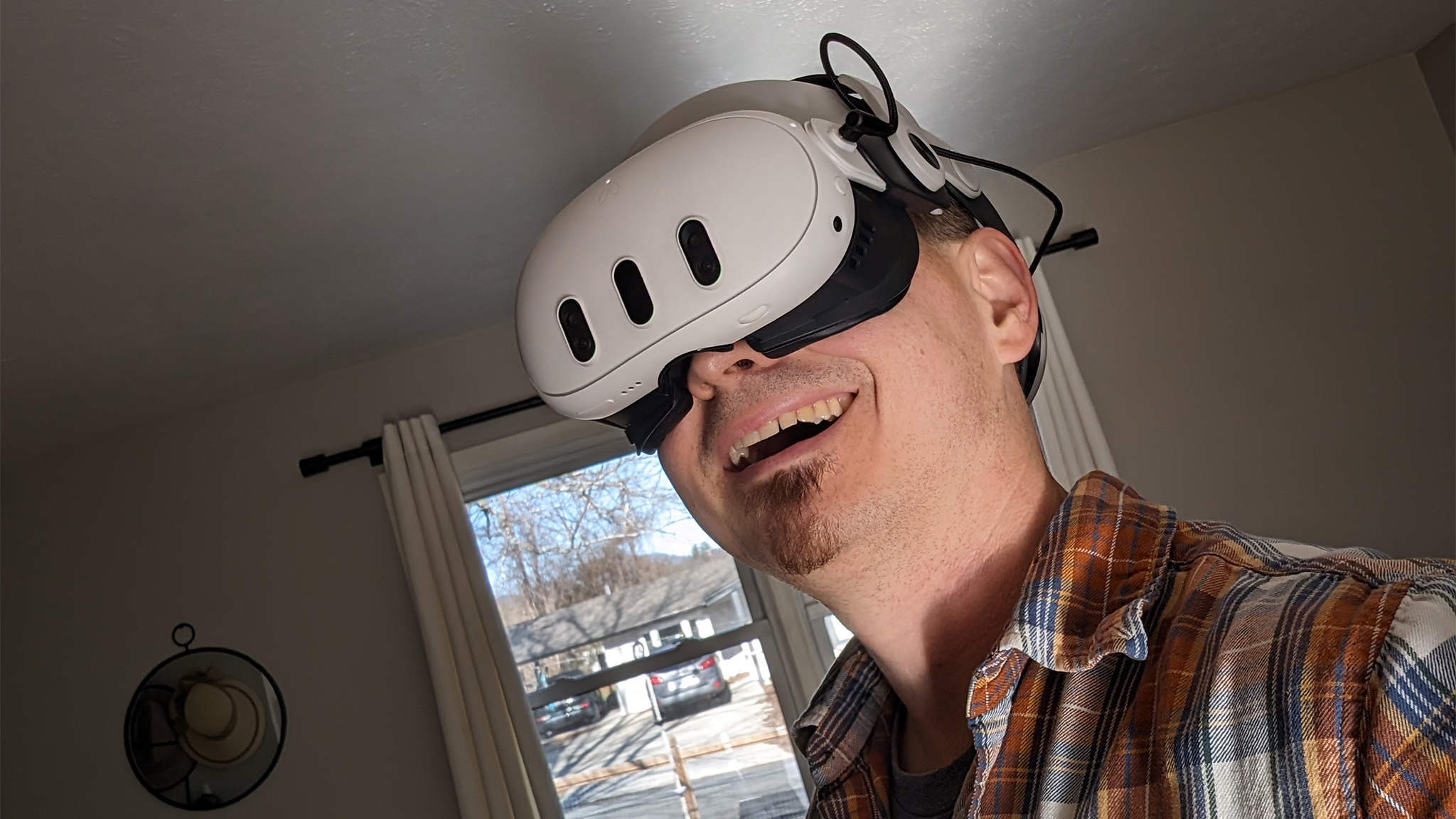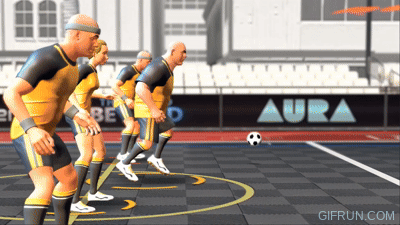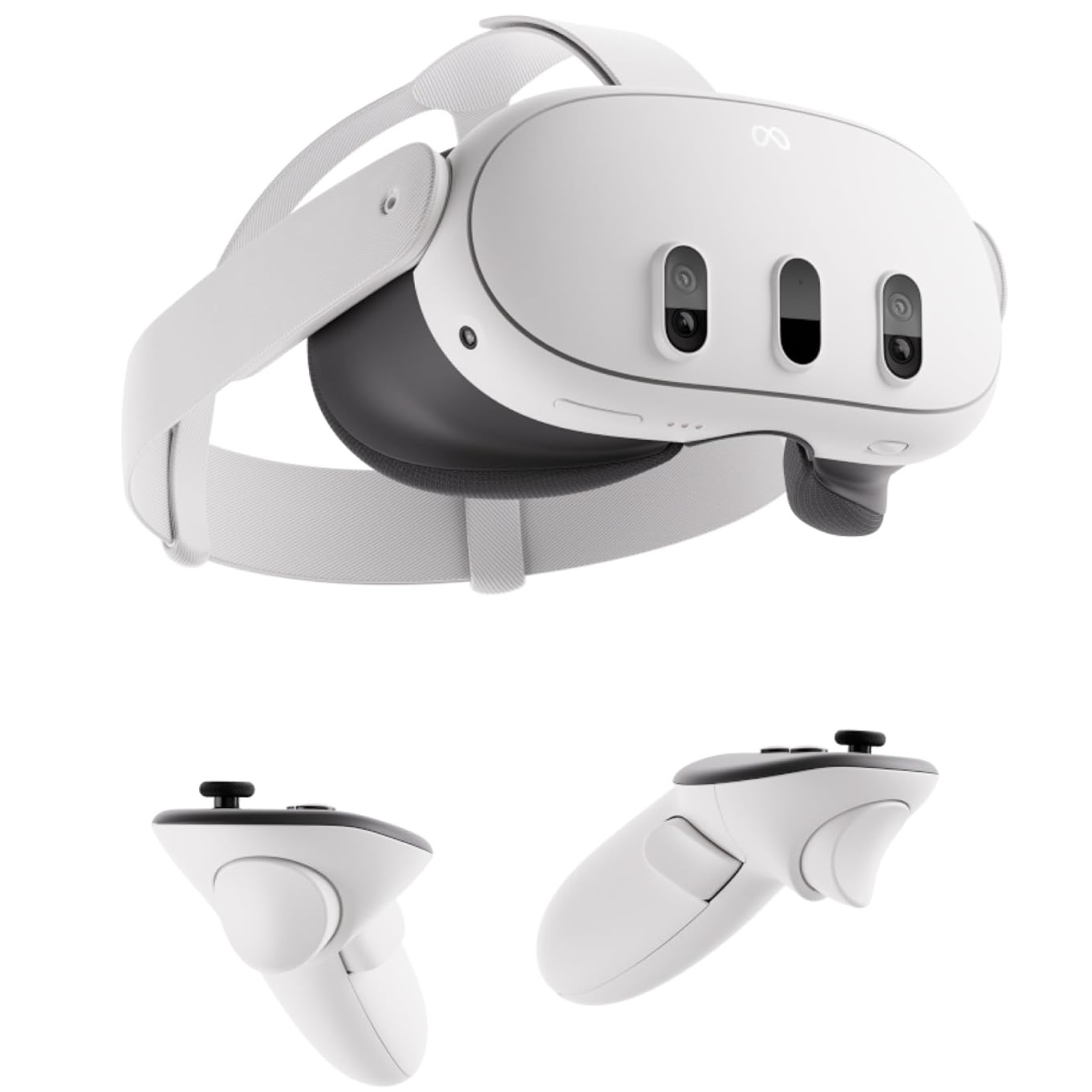The latest Meta Quest 3 update could end VR motion sickness as we know it
Upper body tracking could be the key we've been looking for.

What you need to know
- The December Meta Quest V60 update includes a new upper body tracking feature that more accurately represents player movements in VR games.
- Existing and new games can support the feature through an update.
- One developer tested it and said it eliminated motion sickness for sickness-prone individuals in their company.
Have you ever played a VR game and felt dizzy or nauseous? You're not alone, and while a lot of these problems can be fixed by using the right settings and playing certain games, it's still difficult for certain players to enjoy games with lots of virtual movement without feeling sick.
Meta's promised upper-body tracking feature — which was included in the December 2023 Meta Quest V60 update — might just be the key to eliminating motion sickness for most players. The feature works by using the Meta Quest 3's cameras to track your arm, shoulder, and torso movements. Those movements are then translated into VR, allowing for more natural movements in every type of game.
While we thought this would mainly positively affect gameplay, it turns out that the feature helps solve one of VR's biggest problems. Well-known VR developer BattleAxeVR replied to a post on X (previously Twitter), noting that the upper body tracking feature made virtual movement in games like Skyrim VR feel more natural, eliminating motion sickness in folks previously prone to its negative effects.

BattleAxeVR describes the effect as a more natural way to use the human body's normal methods of movement. In a nutshell, our inner ear is filled with tubes of fluid that respond to gravity as well as back-and-forth motion. When you're moving virtually in a VR game, these tubes of fluid don't get moved as they normally would when you move your body in real life, thus triggering a motion sickness reaction.
The good news is that upper-body tracking can be fairly easily implemented into new and existing games using the new Upper Body Tracking SDK. Savvy users can try out the new feature right now using BattleAxeVR's OK Cloud Streamer if they have a gaming PC and a copy of Skyrim VR.
Upper body tracking can help eliminate motion sickness and provide more natural social responses in multiplayer games.
Upper body tracking can also help with movements while seated, as ex-CEO of Owlchemy labs, Devin Reimer, pointed out in a post on X. In a game that adopts the new tech, gamers who prefer sitting while playing can tilt and twist their bodies more naturally and see those actions happen in the game.
That's particularly important in multiplayer titles, as Reimer points out, as there's a notable social difference between turning your head to look at someone and turning your entire body to give them your full attention.
Get the latest news from Android Central, your trusted companion in the world of Android
That's a huge upgrade from the current method of body tracking, which often looks very robotic and stiff, even in games that try to emulate body movement via AI or other methods.
The now-defunct DecaGear PCVR headset was the first to use on-headset cameras to track body movement, but that headset was limited to tracking hip movements. Meta's new technology can track the entire upper body, but Meta hasn't been able to figure out a good way to use cameras to track legs just yet. For now, you'll have to suffice with knee tracking in games like Supernatural.


